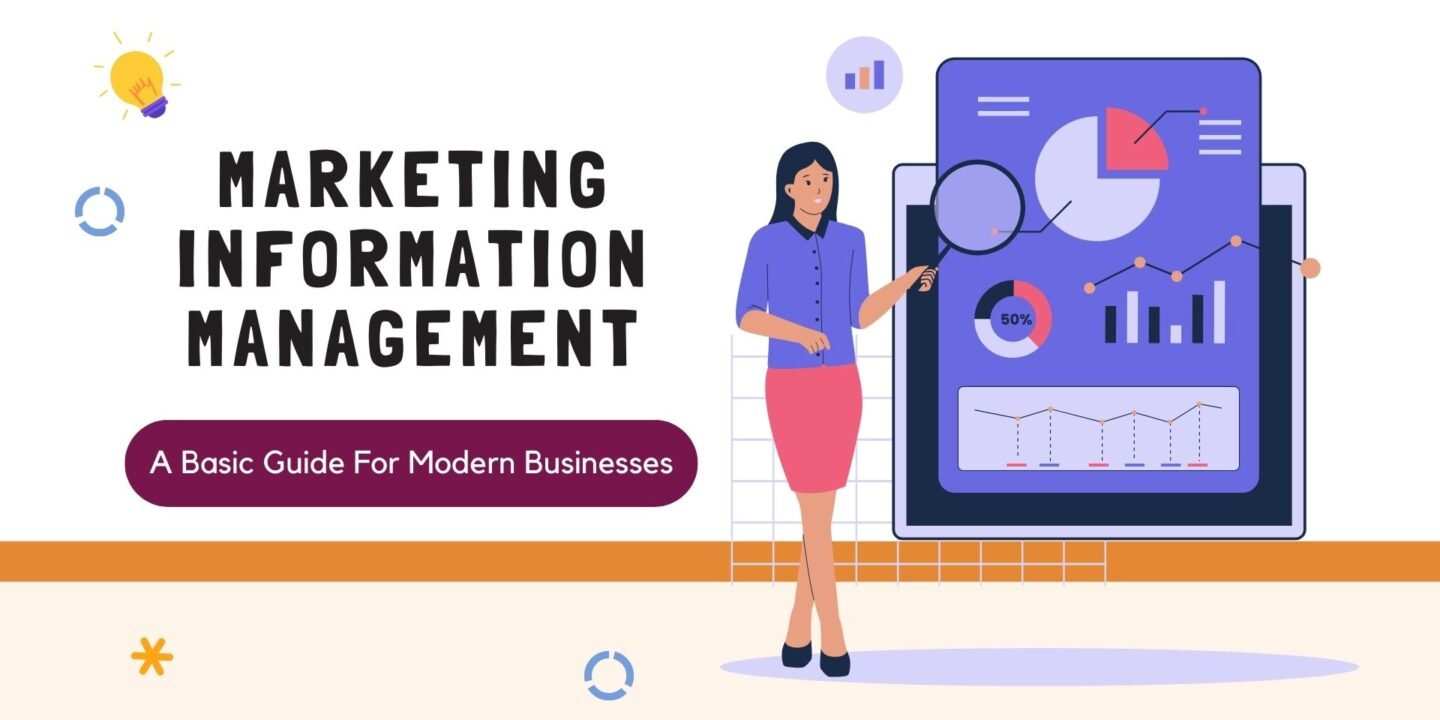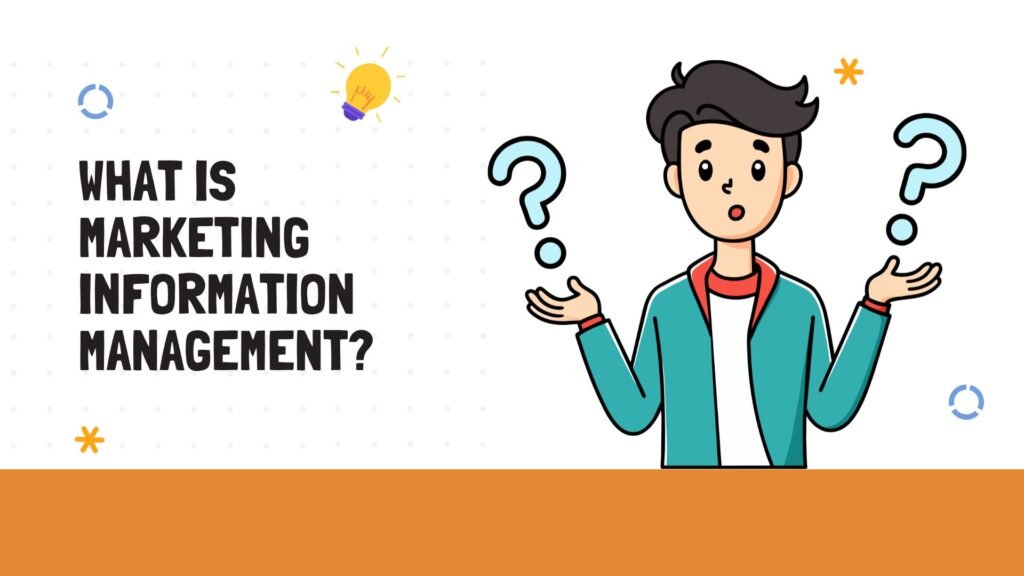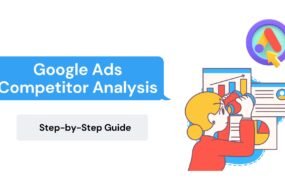
In today’s hyper-connected, data-driven world, businesses are navigating a sea of information, all of which has the power to shape success when understood and used strategically. The term “Marketing Information Management” (MIM) might sound technical, but at its core, it’s about building stronger connections with customers and making smarter business choices based on what truly matters. MIM isn’t just about crunching numbers or gathering facts; it’s a dynamic tool for creating a clear picture of your market, understanding trends, and ultimately helping your business thrive.
In this guide, we’ll walk through MIM step-by-step, covering the basics of what it is, how it works, and why it’s essential for any business hoping to thrive in modern times. We’ll explore practical examples and real-world stories that illustrate the power of MIM when done right. Let’s dive in and unravel the mysteries of marketing information management together.
What Is Marketing Information Management?

Marketing Information Management (MIM) is the process of collecting, organising, analysing, and distributing critical marketing information to help businesses make informed decisions. Think of it as a bridge that connects raw data with actionable insights. It’s not just about storing information but about understanding customers, tracking competitors, and forecasting market trends.
Imagine you’re running a small coffee shop, competing with big-name chains and local favourites. Gathering customer preferences, understanding which flavours are popular, or even knowing what kind of seating customers prefer can help you tailor your offerings. With MIM, you’re not just guessing—you’re building your strategy on real data.
Why Is Marketing Information Management Important?
In a world where consumer expectations shift faster than trends on social media, businesses need something solid to keep up. That’s where Marketing Information Management (MIM) steps in. Imagine having a single, reliable system to pull together all your marketing data—consumer insights, market trends, competitor stats—and making it work for you. MIM doesn’t just collect data; it transforms it into actionable insights, helping businesses make smarter, faster, and more effective decisions. Here’s why MIM has become essential for today’s businesses:
Aligning With Consumer Trends
Customers are the heartbeat of any business, and understanding them is key. MIM allows businesses to get real, data-backed insights into who their customers are, what they want, and how they behave. Instead of guessing, MIM lets you see:
- Customer Preferences: Through MIM, you can track what customers are searching for, buying, or engaging with. This goes beyond demographics—this is about knowing their actual preferences, so your marketing feels more like a conversation than a pitch.
- Engagement Insights: MIM helps you understand how customers interact with your brand. Whether it’s through website visits, social media, or email clicks, you gain insights into what draws them in and what doesn’t resonate, letting you adjust your strategy on the fly.
Data-Driven Decisions
With the competition in almost every industry at an all-time high, intuition alone isn’t enough for decision-making. MIM turns your data into a clear roadmap for smarter business choices:
- Informed Marketing Strategies: By consolidating customer insights, competitor activities, and market trends, MIM helps you make well-rounded marketing plans. You’re not just testing ideas—you’re working with real numbers that reflect the market landscape.
- Cost Efficiency: Every marketing campaign comes with costs. MIM helps you pinpoint the strategies and channels that truly work, so you can focus your budget on high-impact areas, trimming unnecessary expenses while maximising results.
Adapting Quickly
The business landscape is anything but static. Market trends, consumer interests, and competitor strategies can shift overnight. MIM gives you a real-time snapshot of how things are changing, enabling you to keep up:
- Trend Tracking: MIM helps you spot and analyse trends as they emerge. If a particular product feature or type of content is gaining traction, MIM lets you know early so you can respond proactively, not reactively.
- Flexible Campaign Adjustments: MIM provides data to monitor your campaigns in real-time. If a campaign isn’t resonating or if customer behaviour shifts, MIM helps you make timely adjustments, allowing you to avoid potential losses and boost your return on investment.
Customer-Centric Advantage
Standing out in today’s market often comes down to how well you understand and cater to your customers. MIM allows businesses to be more customer-focused than ever before:
- Personalized Marketing: With MIM, you can go beyond surface-level targeting and create campaigns that truly speak to individual customer needs and desires. This creates a stronger emotional connection, making your brand feel relatable and relevant.
- Product Development Insights: MIM data is not just for marketing; it can guide product development too. By analysing customer needs and spotting trends, MIM allows you to tailor products that meet emerging demands, often ahead of competitors.
Data To Opportunities
Data is everywhere, but without a system to organise and interpret it, it can feel overwhelming. MIM makes data manageable and actionable, turning it into a powerful business asset. Here’s how:
- Centralised Information: MIM unifies data from various sources, making it easy to access and analyse in one place. Whether it’s customer feedback, competitor moves, or market shifts, it’s all in one system that’s ready to support strategic decisions.
- Actionable Insights: MIM is designed to filter out the noise and deliver insights that you can act on. Instead of getting lost in a sea of data, you’re able to pull out trends and patterns that directly influence your strategy.
What Are The Core Components Of Marketing Information Management?

MIM isn’t a one-size-fits-all approach. It’s a combination of different elements working together. At its core, MIM includes data collection, data processing, analysis, and distribution.
- Data Collection
Data collection is the first step, and it’s all about gathering the right kind of information from the right sources. Here, businesses look at customer feedback, sales records, social media trends, and competitor analysis.
For instance, a retail store might track which items are frequently bought together or which times of year see the most sales. This data can reveal hidden patterns and trends that can then inform marketing decisions.
- Data Processing
Once data is collected, it must be cleaned and organised. This step ensures that information is accurate, up-to-date, and ready for analysis. It’s like organising a cluttered desk; once everything is in its place, you can start working effectively.
- Data Analysis
Data analysis is where the magic happens. It’s about making sense of raw numbers and discovering insights that could inform business decisions. Imagine you’re a clothing retailer; by analysing your data, you notice that eco-friendly products are in high demand. This insight could encourage you to expand your eco-friendly line, meeting customer preferences.
- Data Distribution
Lastly, data distribution ensures that the insights gained reach the right people in the organisation. It’s one thing to understand the information, but it’s another to make sure the insights drive real action. Effective data distribution can enable the sales, marketing, and product teams to work in harmony towards common goals.
How To Build A Marketing Information Management Strategy?
Crafting an MIM strategy is like planning a journey. You need a destination, a roadmap, and a means of getting there. Here’s how to create a solid MIM strategy.
- Define Your Goals and Objectives
A successful MIM strategy starts with clear goals. Ask yourself, “What do we hope to achieve?” Whether it’s understanding customer demographics or tracking social media engagement, clear goals make it easier to collect relevant data.
- Identify Data Sources
After defining goals, pinpoint where the necessary data will come from. Some common sources include:
- Customer surveys and feedback
- Sales data
- Website analytics
- Social media platforms
Choosing the right sources means you’re more likely to gather data that truly represents your audience.
- Implement Data Collection Tools
Data collection tools are essential for effective MIM. Customer relationship management (CRM) systems, website analytics, and social media monitoring tools can all help. For example, a bakery might use a CRM to track customer purchase history and preferences, which in turn can be used to promote special items to returning customers.
- Analyse and Interpret Data
Once you have your data, analysing it thoughtfully is key. It’s not just about seeing what happened but understanding why it happened. A local gym might discover that members visit more frequently during the winter. With this information, they could adjust their marketing campaigns to highlight their indoor amenities when the colder months approach.
- Act on Insights
Insights are only as valuable as the actions they inspire. Once your team understands the findings, use them to create targeted campaigns or refine product offerings. For example, if a pet store notices a spike in demand for organic dog food, they might decide to stock more organic options and promote them heavily.
- Regularly Update Your Strategy
The market is always evolving, and so should your MIM strategy. Regularly revisit and update your strategy to ensure it reflects new trends and changes in consumer behaviour.
What Are The Benefits And Challenges Of Marketing Information Management?
MIM is a powerful tool, but it comes with both advantages and potential hurdles. Here’s a balanced look.
Benefits Of MIM
- Improved Decision-Making: With real-time insights, businesses can make informed choices that align with customer needs.
- Enhanced Customer Experience: By understanding what customers want, businesses can personalise interactions.
- Competitive Advantage: Businesses with strong MIM systems can anticipate market trends faster than competitors.
- Increased Efficiency: Streamlined data reduces guesswork, making marketing campaigns more effective.
Challenges Of MIM
- Data Overload: Sorting through vast amounts of data can be overwhelming without a clear system.
- Privacy Concerns: Collecting customer information requires careful handling to maintain trust and comply with regulations.
- High Costs: Implementing and maintaining an MIM system can be costly, particularly for smaller businesses.
- Need for Skilled Analysts: Extracting valuable insights requires skilled professionals, which might be challenging for some companies to find or afford.
How Small Businesses Can Leverage Marketing Information Management?
Small businesses often face budget limitations, but MIM doesn’t have to be a costly endeavour. Here are some affordable ways small businesses can implement MIM.
- Use Free Data Tools
Free tools like Google Analytics, Facebook Insights, and customer feedback surveys are powerful resources. For instance, a small bakery could use Google Analytics to understand which items drive the most traffic to their site, helping them decide which products to promote online.
- Collaborate with Customers
Sometimes, the best insights come directly from customers. Small businesses can create feedback forms, conduct short interviews, or ask for reviews to get a pulse on customer preferences and needs.
- Focus on Localised Data
For small businesses, understanding local trends is more valuable than chasing national data. By tracking local events or seasonal shifts, small businesses can tailor their marketing to the community they serve.
- Build a Simple CRM System
A spreadsheet with customer information can be a great start for small businesses. By tracking purchase history, preferences, and feedback, small businesses can begin to build a personalised experience for each customer without needing an expensive system.
Final Thoughts
Marketing Information Management may sound complex, but it’s really about listening to what your customers are already telling you through their actions and choices. Whether you’re running a local bookstore, managing a chain of restaurants, or launching an online brand, MIM helps ensure you’re making decisions that align with real-world trends and customer needs.
Imagine having an intimate knowledge of what makes your customers tick—their likes, dislikes, and what truly resonates with them. With MIM, this isn’t just a dream; it’s a strategy within reach. Embrace MIM not as a series of tasks but as an ongoing conversation with your customers. Every piece of data has a story to tell, and if you listen closely, it might just lead to your next big idea.
With a thoughtful, empathetic approach to marketing information management, your business can grow in ways that feel natural, responsive








No Comments